Dandruff
Updated Nov. 25th, 2022
Dandruff is an incredibly common condition that affects up to 50% of the population at any given time. It is characterized by excess shedding of dead skin flakes from the scalp. Most people suffering from dandruff are willing to try almost anything because of the self-esteem and social problems that come with this condition. In each case, dandruff is the symptom of a larger problem in the body.
There are a few different underlying causes, and the treatment recommendations may differ accordingly.
Normal skin of the scalp
Our scalp is surrounded by skin which host many tiny hair follicles. Just like the skin on other parts of our body, the skin on our head sheds to make way for new layers. The new growth forces the old and dying skin off of the head which is actually what the majority of our house dust is composed of. These skin flakes are incredibly small and often go unnoticed. When our head sheds larger skin flakes at a higher rate, this is called dandruff and it can be caused by various conditions.
CAUSES OF DANDRUFF
Because dandruff is technically a symptom and not a condition, it can be difficult to pinpoint its underlying cause. In each case there are a number of factors that contribute to the progression of dandruff.
Allergic Dermatitis
Many people have sensitive skin, and that is not limited to the skin on their body. Scalp skin can also be easily irritated in some individuals, especially because it is often exposed to a number of styling products and cleansers not used in other areas of the body. Harsh cleansing shampoos and processing products like hair dyes, permanents, and straightening chemicals can all damage the skin of the scalp and cause it to become irritated. This irritation can trigger an increased cell turnover, leading to faster shedding of the skin known as dandruff. Irritation of the skin also allows for easy infection by microbes that can cause a further problem. Unfortunately, many of the conventional treatments for dandruff can be harsh and can cause further allergic reaction, making the situation worse. In these cases, removing harsh hair products and switching to more gentle and natural cleansers can help to reduce the problem. For more information, please see our Dermatitis and Immune System articles. In some cases, dietary sensitivities can also contribute to the symptoms. For more information on this potential cause, please see our Leaky Gut article.
Seborrheic Dermatitis - Fungal Scalp Infection
The most common cause of dandruff is actually an infection of the skin of the scalp by Malassezia globosa, a fungus (yeast) much like the Tinea species that cause ringworm. This results in a rash on the skin called seborrheic dermatitis. The yeast actually feed on the natural oil produced by the skin in hairy areas known as “sebum”. This type of infection can actually occur anywhere on the body where the skin tends to be oily. In infants, seborrheic dermatitis is known as “cradle cap”. Because this condition is linked to sebum production, it is affected by genetics and hormonal balance in the body. Once infection occurs, it can trigger an irritation of the scalp, which can cause an increase in the rate of turnover of the skin. This means that the irritated skin begins to grow and shed more quickly, a condition called dermatitis. This irritation also causes an increase in sebum production, resulting in further fungal growth. So begins the downward spiral of dandruff. In addition to dandruff, seborrheic dermatitis often has other symptoms such as: large red plaques over the skin, white and flakey or yellow and oily skin scales, itching and even hair loss. For more information on the causes and treatment of fungal infections, please see our Fungal Infection article.
Hormonal Imbalances
Because sebum production is controlled by hormonal balance in the body, when our hormones fluctuate, it changes how oily our skin becomes. Higher levels of testosterone are associated with increased production of sebum on the skin, while higher levels of estrogen are associated with lower sebum production. This may be the underlying reason that dandruff is more likely to affect men rather than women.
TREATMENT
There are a wide variety of treatments available for resolving dandruff. Which treatment will be successful is determined by the underlying cause of your condition. Sometimes you will have to try a few different treatment options before you find the one that works best for you. In most cases, treating the body from the inside out is the best way to make a lasting impact on a stubborn condition such as dandruff. By resolving hormonal imbalances, and boosting or regulating Immune System responses, you can give your body the best fighting chance at resolving the condition on its own. Sometimes, you will also need to try topical treatments to help nip the current flaking in the bud.
Conventional Treatments
Walking into any drugstore you will quickly see that there are a vast number of commercial products available for the treatment of dandruff. There are many shampoos, creams, and rinses available to help combat this annoying symptom. Medical doctors will often prescribe antifungal agents, or steroid creams to reduce inflammation and replication of the skin cells. Zinc pyrithione (ZPT), and selenium sulfide are often added to over-the-counter anti-dandruff shampoos because they can help to heal the scalp and act as antibacterial and antifungal agents. Coal tar is also common as it promotes faster shedding of dead skin cells, and slows the new skin growth.
Lifestyle Changes
Keeping dandruff in control starts with some simple steps for proper care of the skin on your scalp. Shampooing each day and after strenuous exercise can help to get rid of excess oils. This reduces the fungal food source. Be sure to use a gentle hypoallergenic shampoo, or simply wash with baking soda and vinegar (especially apple cider vinegar) for a gentle natural cleansing that removes oil and excess skin flakes, while helping to kill any yeast present. Be careful to avoid scratching as much as possible during the day, as this can damage the skin and cause further inflammatory problems. Avoid the use of chemical styling products as these can contribute to the accumulation of sebum and other debris on the scalp. Excessively drying the scalp can trigger an increased production of sebum by the body, which can further aggravate dandruff, so simply moisturizing the scalp periodically with saturated fats like coconut oil can help.
Treating Dandruff from the Inside
There are a number of herbs and nutrients that can help to fight dandruff and keep the scalp healthy. Please see our Hair Health article for ways to improve the hair and scalp from the inside out.
Topical Treatments for Dandruff
Traditional Ayurvedic practitioners used black pepper to help treat dandruff by mixing it with lime and milk and spreading it on the scalp. In Eastern medicine egg oil (natural mayonnaise) has also been traditionally used for dandruff due to its moisturizing properties. Minced onion can also be applied to the scalp and will act as an antimicrobial to help kill off the offending fungus. Neem and Tea Tree are both naturally antifungal herbs that can help to kill off cases of seborrheic dermatitis. Both can be found in oils that can be added to your normal shampoo to help stop dandruff. They can also be found in preformulated shampoos and creams to help with dandruff. Rosemary essential oil can also act as an anti-inflammatory and antimicrobial agent to help clear up dandruff. Be sure to dilute any essential oil in a carrier oil as is the case with most Essential Oils to prevent skin irritation.

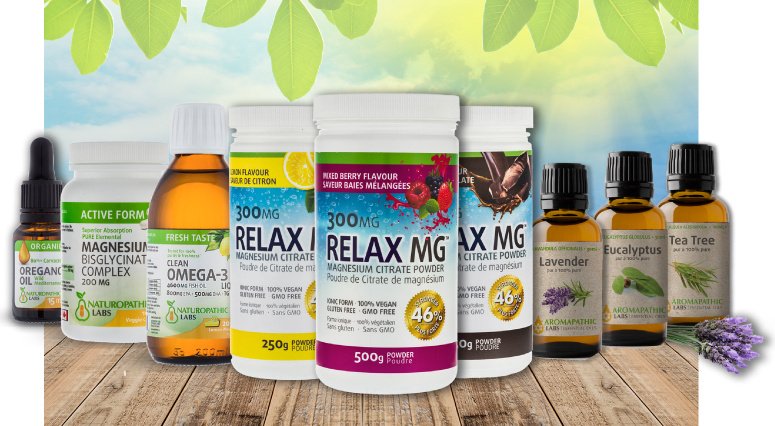
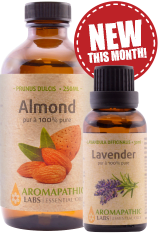
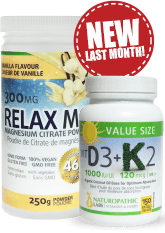








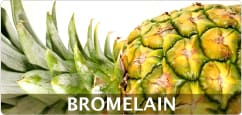





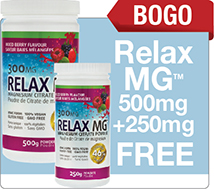
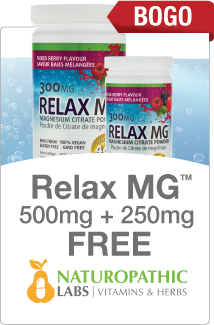
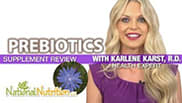

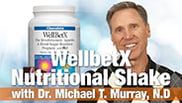
My husband had a bout with dandruff for a few weeks and he found that using Dr. Bronner's liquid castille soap helped him a lot. NN has a great selection of different varieties of Dr.Bronner's castille soap and their price is by far the best.
I'm glad you point out that dandruff can be caused by internal issues as well because often it is viewed as just a topical thing (which it can be of course - it's just not always the case). Great article!
Hello Stephanie,
Thank you for sharing what helped your husband. Castille Soap has so many great uses. And yes, foods that cause inflammation or a certain reaction can cause skin issues, so sometimes supplements that support those issues can also help along with topical measures. Peppermint Castille soap would be great, because peppermint invigorates the scalp and hair follicles and feels refreshing as well.
Stay healthy & well!
Dandruff is a lot more common than we realize so its nice to see an article about it that talks about it and some causes and treatments. It is definitely not something to be embarrassed about if you have dandruff and luckily there are so many things you can do to create a healthy and happy scalp environment. I had dandruff as well at one point and the shampoos and lowering stress really seemed to help for me!
Hello,
We're glad you enjoyed our article. There are many ways to provide better nourishment for the scalp and many factors that can cause dandruff, including dermatitis. If you'd like to learn more about skin health, check out this article too:
https://www.nationalnutrition.ca/articles/health-concerns/skin-health/
Stay well.
I feel like I’ve tried everything. I’ve tried all kinds of medicated dandruff shampoos but they never eliminated 100% of the dandruff. I will try increasing the hcl levels and using neem or tea oil in the hair. I do agree that to eliminate dandruff, we can’t rely only on shampoos and must also address our diet to support overall health and nourish the hair and skin from the inside. Exfoliating the scalp can also be beneficial.
Hello Hassan,
Thank you for your comment and sharing your experience. Dandruff can be very uncomfortable, when we have itchy, dry skin, diet and lifestyle do play a big role and topical products are good for soothing and managing the symptoms. We hope the oils work well for you, they offer many great properties.
Have a healthy day!
Make sure to dilute the oils when you put them onto your scalp. If you do not dilute the oils it can cause irritation to the skin. Another good way to combat dandruff is to find a good shampoo that has organic ingredients.
Hello Paul,
Indeed, essential oils always need to be properly mixed with a carrier oil before applying to the skin to avoid burning. Peppermint and Rosemary are great oils to mix with castor oil for the scalp. If you'd like to learn more about essential oils, check out our Youtube series:
https://www.youtube.com/watch?v=EONKjnTkE5k&list=PLFydSZTC8qlbfjY2KHRR9lCDLZNLDd5k5
Have a healthy day!
The article provides valuable insights into the causes and management of dandruff. It highlights the common triggers, such as dry skin and fungal infections, and emphasizes the importance of maintaining a healthy scalp. The suggested remedies, including the use of over-the-counter shampoos and good hygiene practices, offer practical solutions for managing dandruff effectively. However, it would have been helpful to explore potential natural remedies or home remedies as alternative options. Overall, the article serves as a useful resource for individuals seeking information on understanding and addressing dandruff-related concerns.
Hello, Nathaniel,
This is a concern hat affects many people, whether it's because the air is dry, it's due to scalp issues, eczema or dehydration or internal concerns, dandruff can be inconvenient and irritating. There are many topical treatments as well as internal such as omega oils and water for hydration. We think you might enjoy the information in these videos of ours on scalp health too:
https://www.youtube.com/watch?v=UTdwEm7BvgY
https://www.youtube.com/watch?v=8KLa5122QeQ
Stay healthy & well.